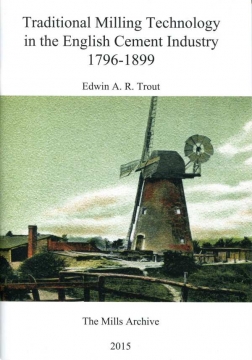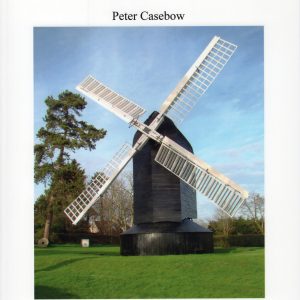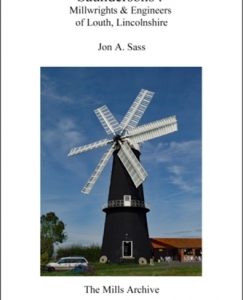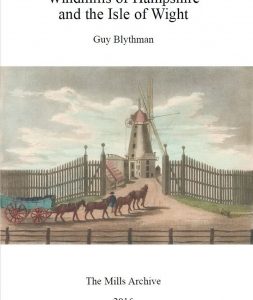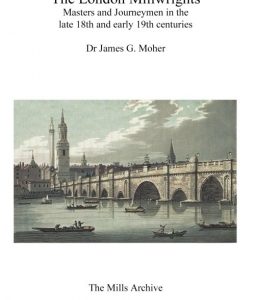Traditional milling technology in the English cement industry 1796-1899
£14.00
A4, card cover with many b/w illustrations, 54pp.
The second biennial Mills Archive Research Competition was held in 2014. The winner of the First Prize was Edwin Trout whose study on Traditional Milling Technology in the English Cement Industry, 1796-1899, is published here.
The purpose of this paper is to explore the early technology of cement milling, a neglected aspect of the history of the cement industry, accounts of which usually focus on the development of the kiln as the heart of this industrial process. This is an application of milling technology overlooked by the traditional mills community, whose attention is directed more towards corn milling for flour production and related processes.
It highlights an unexpected and even picturesque – if only occasional – use of the traditional wind- and water-mill in a production process usually characterised as heavy, fuel-intensive industry. It establishes close parallels with flour milling, both in purpose and in process. It reflects an underlying trend from traditional to newer milling methods and the adoption of steam power, tracing the industry’s mechanisation and electrification. It concludes with the replacement of traditional millstones by modern ball mills and tube mills in the 1890s.
18 in stock

